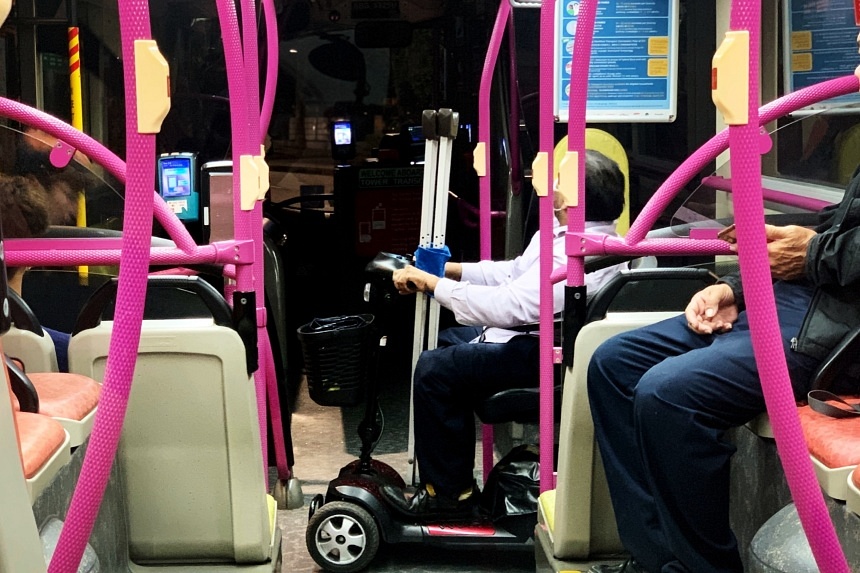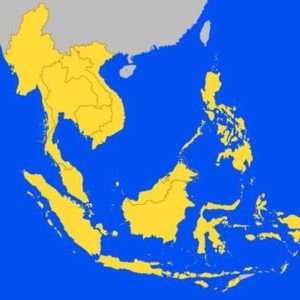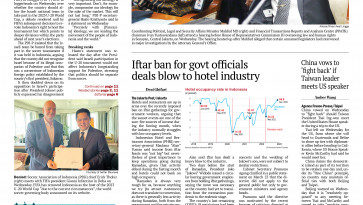ASEANEWS HEADLINE | SINGAPORE: Singapore’s transport infrastructure gets more features to support people with disabilities
.

Today, all public buses and trains are wheelchair-accessible, and all train stations and bus interchanges have barrier-free access routes. ST PHOTO: KELVIN CHNG
.
.

SINGAPORE – Singapore has made significant improvements to its transport infrastructure to better support people with disabilities (PWDs), enhancing accessibility and enabling greater participation in the community.
As at July, 1,700 buses have been equipped with two wheelchair bays each, more priority seats and built-in audio announcements to inform visually impaired passengers of the next bus stop, said the Ministry of Social and Family Development (MSF) on Sept 16.
There are also yellow sleeves on bus stanchions, or vertical poles, that have push bells, to enhance their visibility.
The rest of the bus fleet will progressively be equipped with these features as older buses are replaced with new buses.
To date, 98 per cent of bus stops are barrier-free. The remaining ones will be barrier-free by 2025, except for a small number with site constraints.
The enhancements are part of the progress made under the Enabling Masterplan 2030, a road map to support PWDs and enable them to contribute to society.
The plan envisions a more caring and inclusive Singapore by 2030, and includes goals such as increased employment opportunities and the development of community living models.
Pedestrian crossings also have enhanced inclusivity features.
As at July, more than 1,000 pedestrian crossings have been equipped with the Green Man Plus feature, which gives PWDs up to 13 additional seconds to cross the road, depending on the length of the crossing. There will be 1,500 more of such crossings by 2027.
More pedestrian crossings will also be upgraded with 24/7 on-demand audible traffic signals to enable PWDs to navigate independently during their trips. A total of 325 pedestrian crossings will be upgraded by 2025.
Today, all public buses and trains are wheelchair-accessible, and all train stations and bus interchanges have barrier-free access routes.
New-generation ticketing machines are designed to ensure that wheelchair users can use them with ease.
Tactile ground surface indicators are available at all train stations and newer bus interchanges to help passengers with visual impairment find their way. The indicators act as physical cues, and they are detectable by the foot or with a white cane so that those who need them can move around independently.
A hearing enhancement system, which uses a microphone with an amplifier to help counter staff communicate better with passengers who use hearing aids, has been installed at passenger service centres in Thomson-East Coast Line stations, and will be available in all future MRT stations.
New bus interchanges such as the ones in Jurong Town Hall and Tengah are equipped with the system. Bus interchanges undergoing upgrading works will also be equipped with it.
Besides the enhanced transport infrastructure, a caring commuting culture is fostered through the initiatives of the Caring SG Commuters Committee, said MSF.
For example, three new Heart Zones were launched at Jurong Town Hall bus interchange in November 2023, Bukit Panjang integrated transport hub in January, and Woodlands South MRT station in July. They serve as spaces where commuters can assist those who require help in their public transport journey. As at July, there were 18 Heart Zones across 16 locations.
 Ads by:
Ads by:

@[email protected]


 Memento Maxima Digital Marketing
Memento Maxima Digital Marketing







